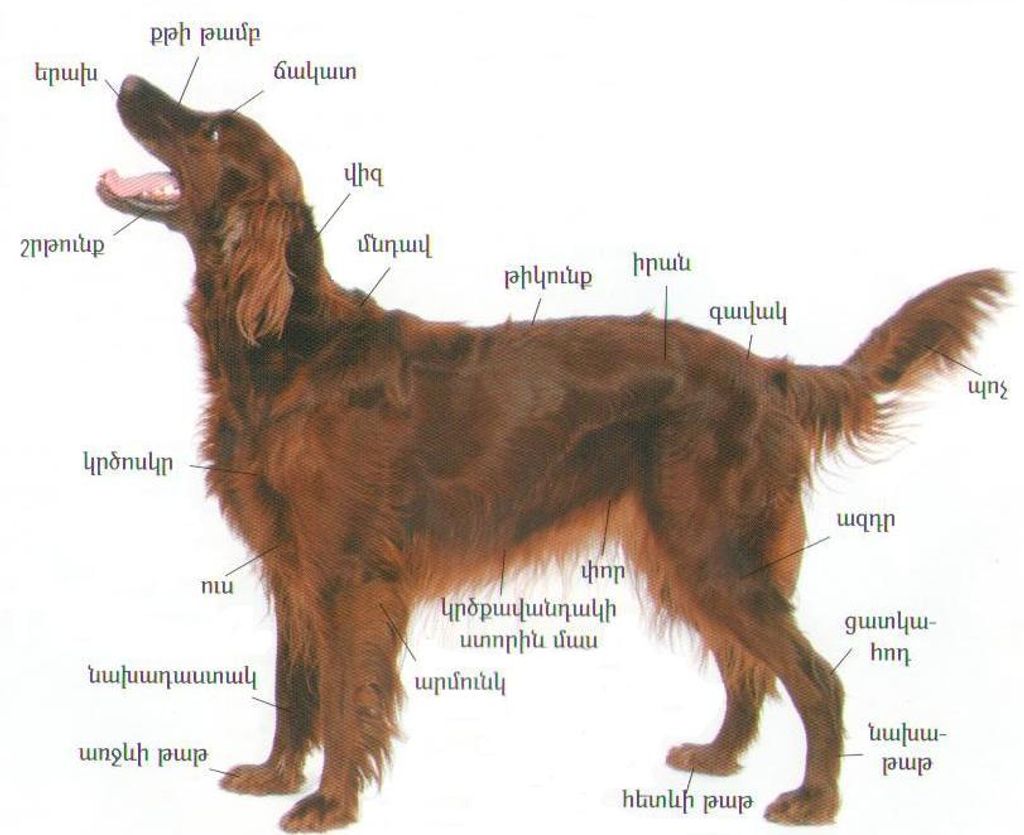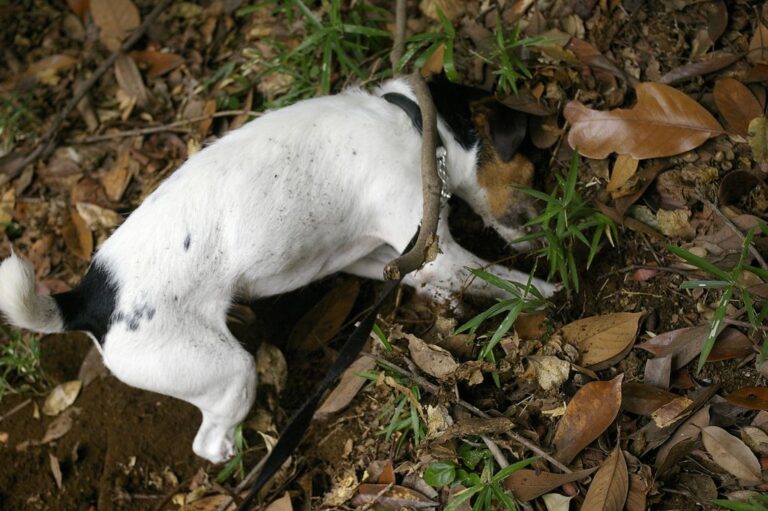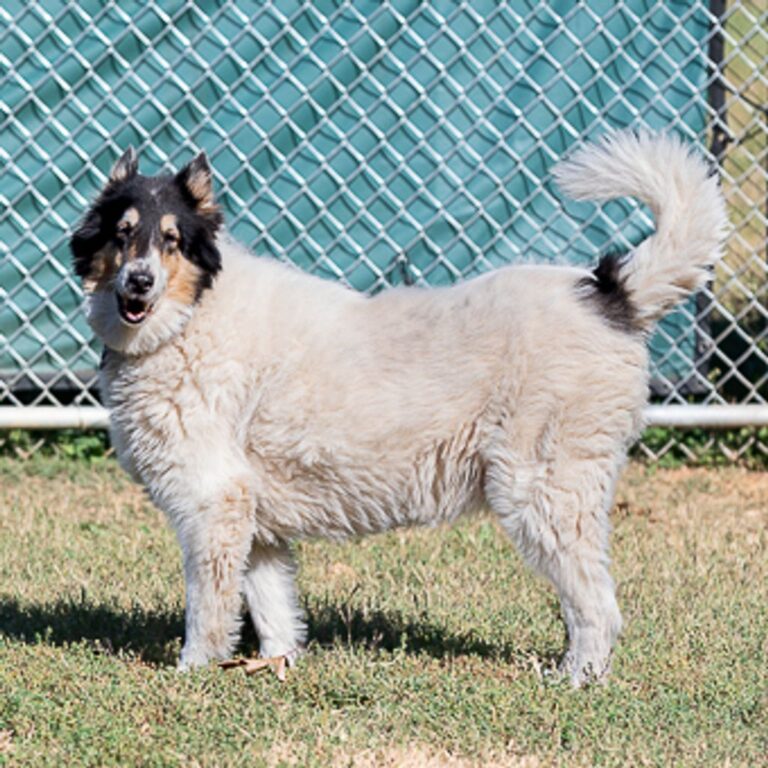How to understand my dog’s body language?
Understanding your dog’s body language is essential for building a strong bond and effective communication. Dogs use various body signals to express their emotions and needs. By learning to interpret these signals, you can better understand what your dog is trying to tell you. In this article, we will explore different aspects of dog body language and provide key takeaways to help you communicate more effectively with your furry friend.
Key Takeaways
- Tail wagging can indicate different emotions, not just happiness.
- Ears positioned forward indicate attentiveness, while backward or flattened ears can signal fear or anxiety.
- Facial expressions such as relaxed eyes and a soft mouth indicate a calm and content dog.
- Different body positions, such as a lowered head or a tucked tail, can convey different messages.
- Growling and barking are forms of communication and should not be ignored or punished.
What is my dog trying to tell me?

Understanding tail wagging
When it comes to understanding our furry friends, breeds play a significant role. Different breeds have different temperaments and body language cues. For example, a wagging tail can mean different things depending on the breed. It’s important to consider your dog’s breed when interpreting their body language.
Decoding ear positions
Understanding your dog’s ear positions can provide valuable insights into their emotions and intentions. Dogs use their ears as a form of communication, and by paying attention to their ear positions, we can better understand what they are trying to tell us. Here are some common ear positions and their meanings:
- Ears forward: This indicates that your dog is alert and interested in something. They may be focused on a specific sound or object.
- Ears back: When your dog’s ears are pulled back against their head, it usually signifies fear or anxiety. They may be feeling threatened or uncomfortable in their current environment.
- One ear up, one ear down: This position is often seen when dogs are curious or unsure. They are trying to gather information and assess the situation.
- Ears pinned back: If your dog’s ears are tightly pressed against their head, it is a sign of submission or fear. They may be trying to avoid conflict or appease a dominant individual.
By observing your dog’s ear positions, you can gain valuable insights into their emotional state and better respond to their needs.
Interpreting facial expressions
When it comes to understanding our furry friends, facial expressions can speak volumes. Dogs use their faces to communicate a wide range of emotions and intentions. From a playful grin to a worried furrowed brow, their expressions can give us valuable insights into their state of mind. It’s important to pay close attention to these cues as they can help us better understand and connect with our dogs.
Reading your dog’s body posture

The meaning behind different body positions
When it comes to understanding our furry friends, their body language can speak volumes. Dogs use various body positions to communicate their emotions and intentions. By paying attention to these cues, we can gain valuable insights into what our dogs are feeling. Whether they are relaxed, anxious, or ready to play, their body positions can give us important clues.
Signs of fear or anxiety
When our dogs are feeling fearful or anxious, they may exhibit a variety of body language cues. It’s important for us as pet owners to be able to recognize these signs and respond accordingly. One common sign of fear or anxiety is a tucked tail. A dog with a tail tucked between their legs is often indicating that they are feeling scared or stressed. Other signs to look out for include flattened ears, a lowered body posture, and panting. These signals can vary depending on the individual dog, so it’s essential to pay attention to your own dog’s unique body language.
Recognizing signs of aggression
When it comes to dogs, recognizing signs of aggression is crucial for ensuring everyone’s safety. Aggression can be displayed through various body language cues, such as a stiff posture, raised hackles, and a tense facial expression. It’s important to pay attention to these signals and take appropriate action to prevent any potential harm.
Communicating with your dog through body language

Using your own body language
When it comes to communicating with our furry friends, advocating for dogs is essential. Our body language plays a crucial role in establishing trust and connection with them. Dogs are highly perceptive creatures, and they can pick up on our subtle cues and signals. By being aware of our own body language, we can effectively convey our intentions and emotions to our dogs.
Establishing trust and connection
When it comes to dog communication cues, building a strong bond with your furry friend is essential. Understanding their body language is a key component in establishing trust and connection. By paying attention to subtle cues, you can better interpret what your dog is trying to tell you. It’s important to remember that each dog is unique, so it’s crucial to observe their individual behaviors and responses.
Avoiding misunderstandings
When it comes to interpreting dog behaviors, it’s important to remember that our furry friends have their own unique ways of communicating. Understanding their body language can help us build a stronger bond and prevent any misunderstandings. One key aspect to keep in mind is that dogs rely heavily on non-verbal cues to express themselves. By paying attention to their subtle signals, we can better understand what they are trying to tell us.
Common misconceptions about dog body language

Misinterpreting tail wagging
When it comes to tail wagging, many people assume it always means a dog is happy. However, this is not always the case. While a wagging tail can indicate excitement or joy, it can also be a sign of other emotions. It’s important to pay attention to the context and other body language cues to accurately interpret what your dog is trying to communicate.
One common misconception is that a fast wagging tail always means a dog is friendly. While a fast wag can indicate friendliness, it can also indicate nervousness or agitation. Similarly, a slow wag can indicate relaxation or contentment, but it can also be a sign of fear or submissiveness.
To better understand your dog’s tail wagging, observe the position and direction of the wag. A high, stiff wag with the tail held upright can indicate confidence or dominance, while a low wag with the tail tucked between the legs can indicate fear or submissiveness. Pay attention to the speed and intensity of the wag as well, as a frantic wag can indicate overstimulation or aggression.
Remember, tail wagging is just one piece of the puzzle when it comes to understanding your dog’s emotions. It’s important to consider the overall body language and context to accurately interpret what your furry friend is trying to tell you.
The myth of the guilty look
When it comes to understanding our furry friends, there are many misconceptions that can lead to misunderstandings. One common myth is the idea that a guilty look on a dog’s face means they have done something wrong. However, this is not necessarily the case. Dogs do not feel guilt in the same way that humans do. Instead, what we interpret as a guilty look is often a response to our own body language and tone of voice. It’s important to remember that dogs communicate primarily through body language, so it’s crucial to pay attention to their cues and signals.
Understanding growling and barking
When it comes to understanding dog behavior, growling and barking are two important forms of communication. These vocalizations can convey a range of emotions and messages, and it’s crucial for us as dog owners to be able to interpret them correctly.
Growling is often a sign that a dog is feeling threatened or uncomfortable. It can be a warning signal that they are not happy with the current situation. It’s important to pay attention to the context in which the growling occurs and to assess the dog’s body language to get a better understanding of their state of mind.
Barking, on the other hand, can have various meanings depending on the situation. It can be a way for dogs to alert us to something, express excitement, or even communicate their needs. It’s essential to consider the context, pitch, and intensity of the barking to determine what message the dog is trying to convey.
To effectively understand growling and barking, it’s crucial to observe and analyze the overall body language of the dog. This includes paying attention to their posture, facial expressions, and other non-verbal cues. By taking a holistic approach to interpreting their communication, we can better respond to their needs and ensure a harmonious relationship.
In conclusion
Understanding your dog’s body language is crucial for building a strong bond and effective communication. By decoding their tail wagging, ear positions, and facial expressions, you can gain insight into what they are trying to tell you. Reading their body posture can help you identify signs of fear, anxiety, or aggression. Additionally, communicating with your dog through body language, using your own body language, and establishing trust and connection can enhance your relationship. It’s important to debunk common misconceptions about dog body language, such as misinterpreting tail wagging or the myth of the guilty look. Remember, growling and barking are forms of communication that should be understood rather than dismissed. By understanding and respecting your dog’s body language, you can create a harmonious and fulfilling relationship with your furry friend.
Frequently Asked Questions
How can I tell if my dog is happy?
A happy dog will have a relaxed body posture, a loose wagging tail, and may exhibit playful behavior.
What does it mean when my dog’s ears are pinned back?
Pinned back ears can indicate fear, anxiety, or submission in dogs.
Why does my dog growl at me?
Growling can be a warning sign that your dog is feeling threatened or uncomfortable. It is important to assess the situation and address any underlying issues.
How do I establish trust with my dog?
Building trust with your dog requires consistent positive reinforcement, clear communication, and meeting their physical and emotional needs.
Is it true that a wagging tail always means a happy dog?
No, a wagging tail can indicate a range of emotions, including excitement, fear, or aggression. It is important to consider other body language signals to understand the context.
What should I do if my dog shows signs of aggression?
If your dog displays signs of aggression, it is important to seek professional help from a certified dog trainer or behaviorist who can assess the situation and provide guidance on managing and modifying the behavior.







2 Comments